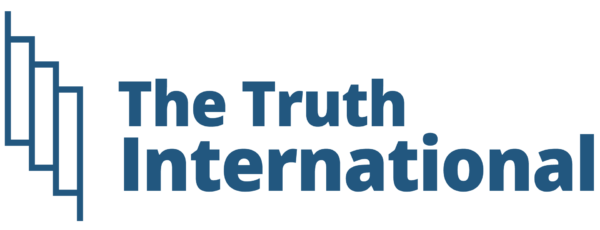Inflation Hits Historic Low, Marking the Lowest Level in Over 59 Years
Pakistan’s Consumer Price Index (CPI) inflation has reached an unprecedented low, dropping to just 0.7% year-on-year in March 2025— the lowest recorded in 711 months, since December 1965.
The CPI inflation for March 2025 showed a year-on-year decrease of 0.7%, down from 1.5% in February and significantly lower than the 20.7% recorded in the same month last year, according to the Pakistan Bureau of Statistics (PBS). This marks a dramatic shift, reflecting a steady decrease from the double-digit inflation seen in 2024.
Month-on-month (MoM), CPI inflation rose by 0.9% in March 2025, following a 0.8% decline in February. According to Arif Habib Limited (AHL), this marks the lowest CPI inflation reading in nearly six decades, a 59-year low, based on data from the State Bank of Pakistan (SBP).
Economic Trends and Outlook
The average CPI inflation for the first nine months of FY25 stood at 5.25%, a sharp decrease compared to 27.06% for the same period in FY24, signaling significant progress in controlling inflation.
Urban CPI inflation slowed to 1.2% YoY in March 2025, down from 1.8% in February and 21.9% in March 2024. On a MoM basis, urban CPI rose by 0.8% in March, following a 0.7% decrease in February.
Rural CPI inflation showed no change YoY in March 2025, compared to 1.1% in the previous month and 19.0% in March 2024. However, rural CPI inflation increased by 1.1% MoM, reversing the 1.1% decrease in February.
Food Prices and Key Drivers of Inflation
Food prices, which account for the largest portion (34.6%) of the CPI basket, remain a significant concern. The food index stood at 278.3 in March 2024, marking a 5.1% increase year-over-year. Key food items saw varying price trends: tomatoes saw a sharp increase of 36.35% in urban areas, while prices for onions dropped by 14.89%.
Notable year-on-year price increases in food items included pulse moong (31.02%) and butter (23.84%), while tomatoes and onions experienced substantial declines.
Housing, accounting for 23.6% of the CPI, contributed to inflation, showing a 2.2% YoY increase. On the other hand, transport costs saw a 1.2% YoY decrease, offering some relief to consumers.
Clothing and footwear, education, and healthcare also saw notable year-on-year increases, rising by 13.5%, 11.9%, and 13.8%, respectively.
Non-Food, Non-Energy Inflation
Non-food, non-energy (NFNE) inflation in urban areas edged up to 8.2% YoY in March 2025, compared to 7.8% in February 2025 and 12.8% in March 2024. In rural areas, NFNE inflation decreased to 10.2% YoY, down from 10.4% the previous month and 20.0% in March 2024.
Urban trimmed mean inflation (20% weighted) increased to 4.8% YoY in March 2025, up from 4.6% in February and 14.8% in March 2024. Similarly, rural trimmed mean inflation decreased to 4.8% YoY, compared to 5.2% in February and 18.4% in March 2024.
Outlook
Policymakers are likely to welcome the continued moderation in CPI inflation. The State Bank of Pakistan has maintained the policy interest rate at 12%, opting to pause rate cuts for now as it seeks to balance economic growth with price stability.
With inflation showing signs of steady control, analysts will continue to monitor key indicators, especially food prices, which remain volatile, as Pakistan navigates its economic challenges in 2025.










